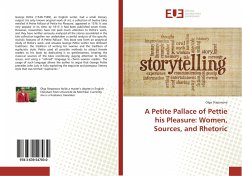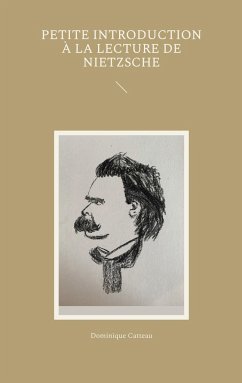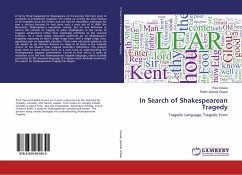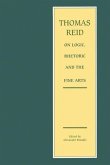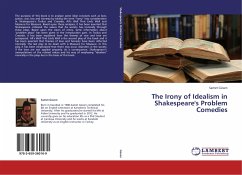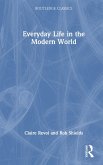George Pettie (1548-1589), an English writer, had a small literary output: his only known original work of art, a collection of twelve tales entitled 'A Petite Pallace of Pettie his Pleasure', appeared in 1576. It was very popular in its time; by 1613 it had been published seven times. However, researchers have not paid much attention to Pettie's work, and they have neither seriously analyzed all the stories assembled in the tale collection together nor undertaken a careful analysis of the specific stylistic features of 'A Petite Pallace'. This book sets forth an analytical study of Pettie's work, and situates George Pettie within two different traditions: the tradition of writing for women and the tradition of euphuistic style. Pettie used all possible methods to attract female readers to his book by dedicating it to gentlewomen, treating the classical sources of the tales inventively, paying attention to family issues, and using a "refined" language to charm women readers. The usage of such language allows the author to argue that George Pettie precedes John Lyly in fully exploiting the exquisite and pompous literary style that was termed "euphuistic."

